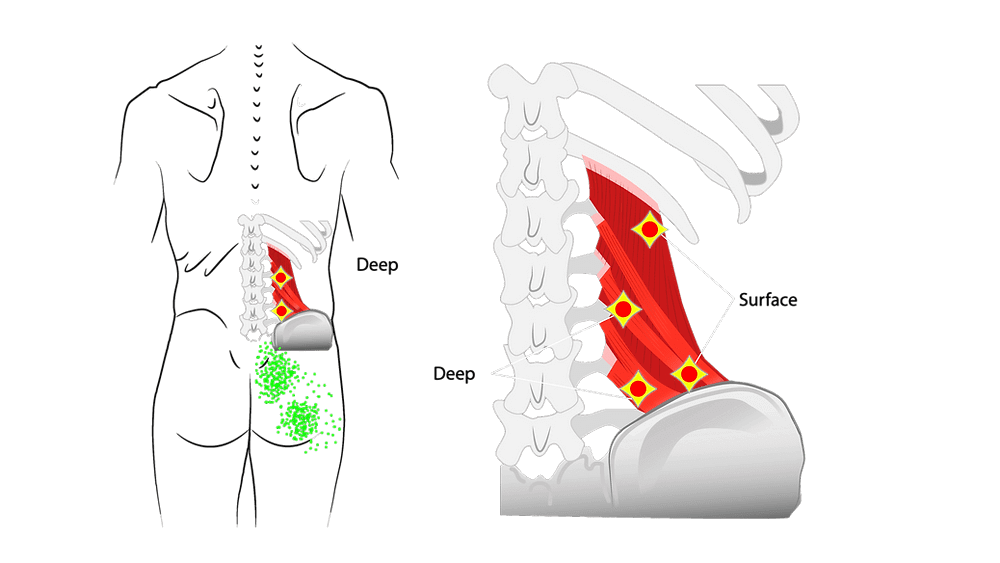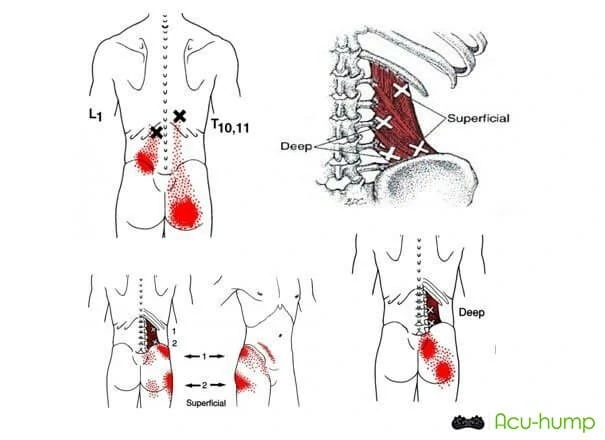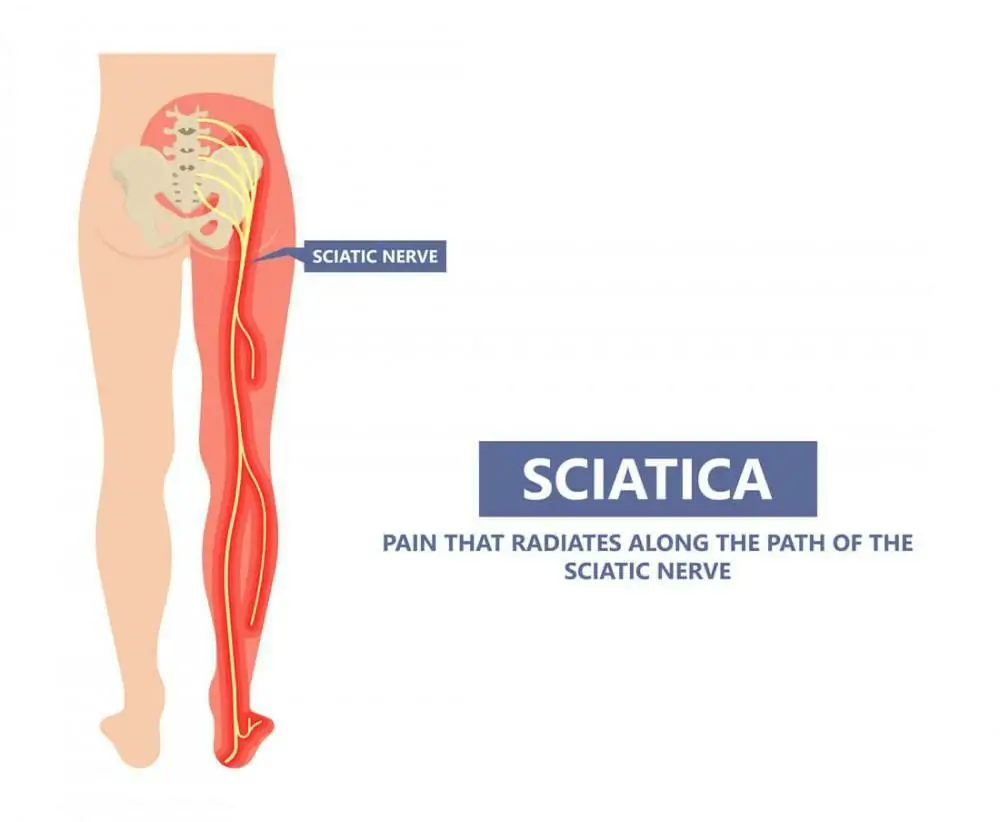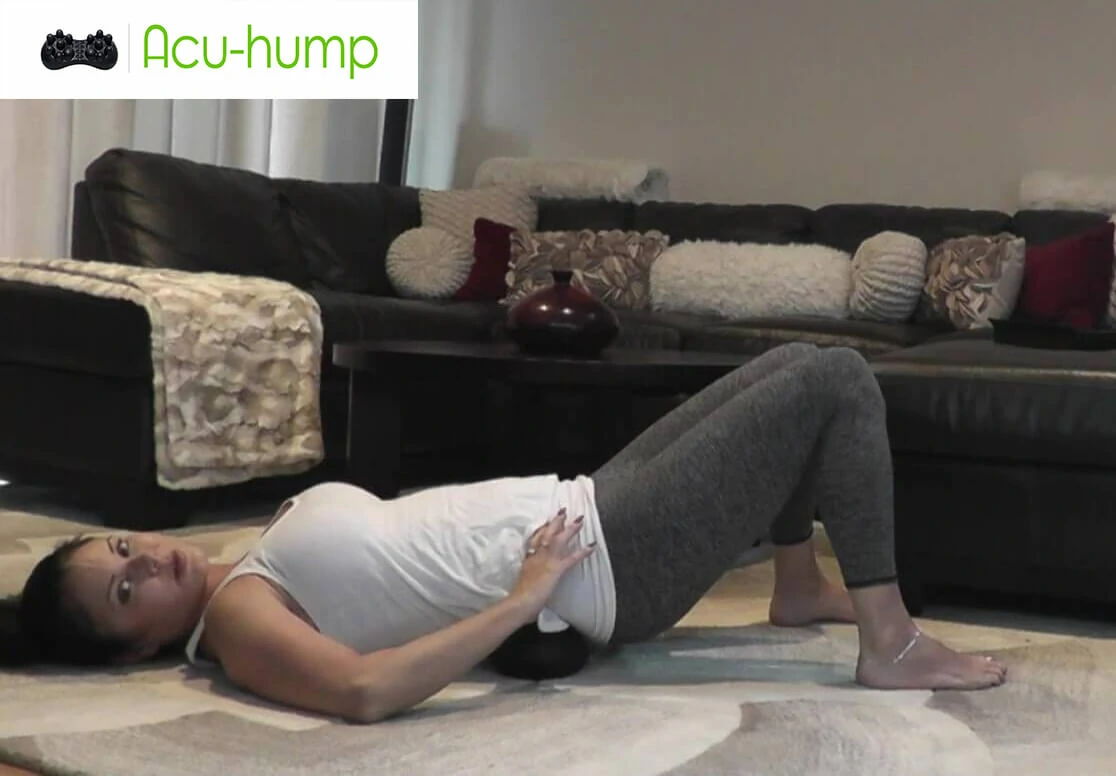Greetings, fellow seekers of sciatica solutions! Are you curious to unravel the mystery behind the connection between a tight QL muscle and sciatica? Look no further!
In this article, we’ll explore this intriguing relationship and understand whether a tight QL (Quadratus Lumborum) muscle could be the hidden culprit behind your sciatic nerve pain. So, grab a comfortable seat, and let’s dive into the fascinating world of lower back pain!

Can a Tight QL Cause Sciatica?
Have you ever experienced radiating pain that starts in your lower back and shoots down through your buttocks and legs? If so, you may be familiar with the discomfort of sciatica. While the most common cause is a herniated disc pressing on the sciatic nerve, it’s essential to consider other factors that could contribute to this debilitating condition.
One often overlooked suspect is the Quadratus Lumborum muscle, or the QL muscle for short. This deep muscle located on both sides of your lower back plays a crucial role in stabilizing your spine and pelvis. However, when it tightens or becomes imbalanced, it can exert pressure on the sciatic nerve, mimicking the characteristic pain and symptoms associated with sciatica.

The QL muscle tightens for various reasons, including poor posture, muscle imbalances, excessive sitting, or even stress. When the QL muscle contracts, it can pull on the pelvis, causing misalignment and potential compression of the sciatic nerve. This can result in radiating pain, numbness, tingling, and weakness that mimic the symptoms of true sciatica.

How to Fix Quadratus Lumborum Pain
Fortunately, there are measures you can take to address a tight QL muscle and potentially alleviate your sciatic pain. Stretching and strengthening exercises targeting the QL muscle can help release tension, restore balance, and reduce pressure on the sciatic nerve. Additionally, alternative therapies such as acupuncture and massage can also provide relief by targeting the QL muscle and promoting relaxation and healing.

If you’re experiencing sciatica-like symptoms and suspect a tight QL muscle may be playing a role, it’s crucial to seek professional guidance from a healthcare provider or physical therapist. They can assess your condition, provide a proper diagnosis, and develop a tailored treatment plan to fix both the QL muscle and the underlying cause of your sciatic pain.
By understanding the correlation between a tight QL muscle and discomfort, you can effectively take proactive measures to avoid sciatica pain and seek appropriate relief. Take control of your well-being by exploring targeted exercises, alternative therapies, and seeking professional support to kickstart your journey toward a pain-free life.

And speaking of finding relief, why not consider incorporating the Acu-hump into your routine? Engineered to target the QL muscle and provide targeted pressure release, the Acu-hump can be an invaluable tool in your quest for sciatica relief.
Click the link below to learn more and take charge of your pain-free journey today!
Acu-hump® Release QL Muscles
Explore the Acu-hump, your companion in conquering sciatica by targeting the tight QL muscle.
Get it to discover the benefits and add this powerful tool to your arsenal, paving the way for a pain-free and active lifestyle.
Remember, reclaiming your comfort and mobility is within your reach. With determination, the right knowledge, and the right tools, you can overcome the challenges of sciatica and embrace a life free from debilitating pain.
Furthermore, there are some non-surgical treatment options for sciatica. Therefore, there is no need to fear sciatica. Let us embark on this journey together because you deserve relief from the discomfort.

Acu-hump®
Deep Massage Your Back and Butt
